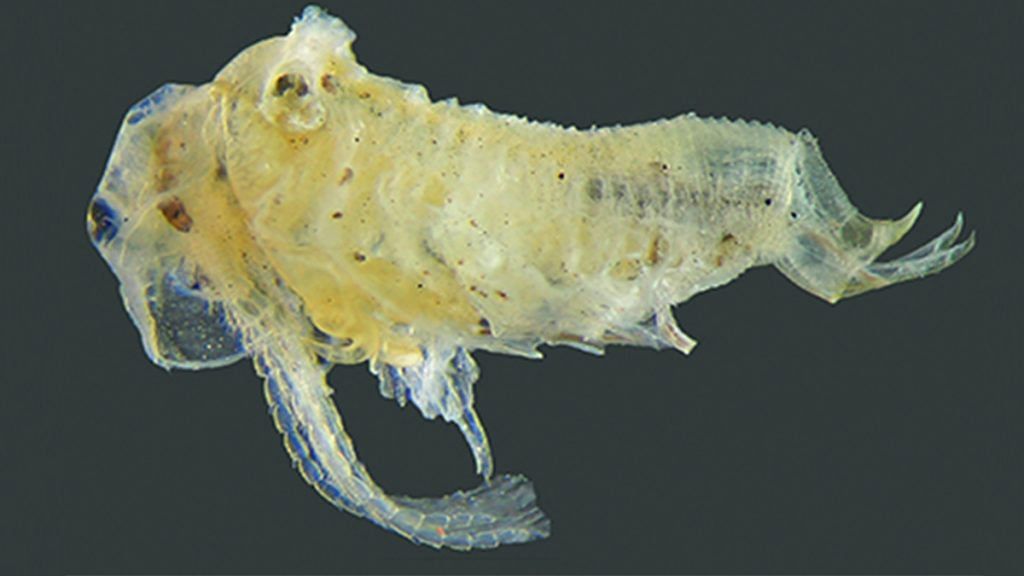New Delhi: Scientists have discovered two new species of spiny clam shrimps or Spinicaudatans in Karnataka and Goa, which are genetically distinct from other known Indian species. The study was part of an attempt to document “hidden” interspecies diversity in the subcontinent.
Named ‘Leptestheria chalukyae’ and ‘Leptestheria gomantaki’, the two species were discovered by a team led by Sameer Padhye, a data analyst with Ahmednagar-based Biologia Life Science LLP, and Mihir Kulkarni, a researcher with the Laboratory for the Conservation of Endangered Species at Hyderabad’s CSIR-Centre for Cellular and Molecular Biology.
The findings of their study were published on 13 April in the peer-reviewed journal Zootaxa.
Leptestheria chalukyae has been named after the Chalukya dynasty, which ruled large parts of mediaeval southern and central India with its capital at Badami in Karnataka, where the specimens were found.
Leptestheria gomantaki has been named after Goa, where it was discovered.
Clam shrimps are not clams and merely resemble them since their body is inside a bivalve shell or a carapace. They are found in temporary freshwater bodies around the globe, except in Antarctica. What differentiates clam shrimps from other crustacean families is the presence of a spine on the tip of their rostrum, which is a beak-like projection of the head.
Also Read: Scientists ‘read’ octopus minds for the first time, discover distinct brain activity patterns
Nine species in subcontinent
The two new species are part of the Leptestheriidae family — one of 35 currently known species of clam shrimps.
With this discovery, the number of known species of Leptestheria in the Indian subcontinent now stands at nine.
“Indian spinicaudata (spiny clam shrimp) taxonomy is still lagging compared to the other parts of the world with little efforts taken to survey the unexplored parts of India,” wrote the researchers.
Their study sought to highlight the rich biodiversity in India, especially in rock pools — an understudied habitat, comprising small pools of seawater that form along the coastline, which is vulnerable to climate change or threats like pollution or overfishing.
As part of their study, the scientists isolated adult clam shrimp specimens from the pools, fixed them in ethanol, and photographed and observed them under a microscope.
It was found that the L. chalukyae differed from other known Indian species of spiny clam shrimps owing to the presence of spines, the dorsal part of the head, and terminal part of the tail.
In the case of the L. gomantaki, scientists found that the females of this species exhibited a unique head morphology.
The scientists also studied the Leptestheria nobilis species, which was found in the Western Ghats of Maharashtra in 2016, for comparison. It was noted that this species had highly variable structural traits.
Researchers suggest that the three species studied have evolutionarily distinct lineages that diverged during the Cretaceous period — last of the three periods of the Mesozoic era, which ended 66 million years ago and during which dinosaurs were the dominant group of land animals inhabiting the planet.
“The distribution of several ancient Leptestheria lineages in India could be attributed to older vicariance (geographical separation of a subpopulation, resulting in a new variety of species) events, trans-oceanic dispersals or even local environmental sorting, which have influenced the distribution of other crustacean groups,” the study added.
(Edited by Amrtansh Arora)
